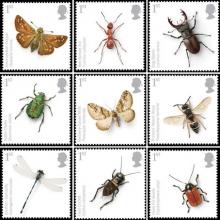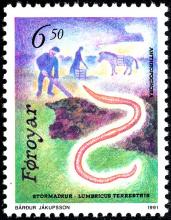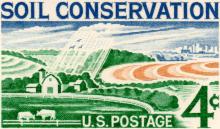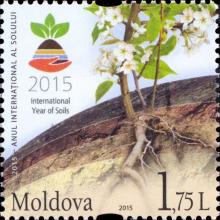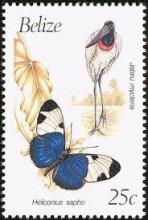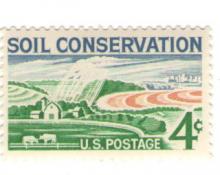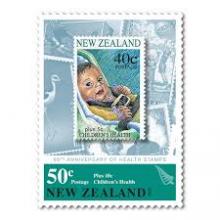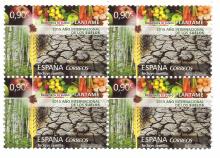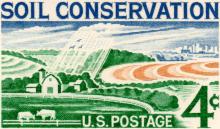Das Insektensterben ist global
- Read more about Das Insektensterben ist global
- Log in to post comments
Das Verhältnis von Insekten und Landwirtschaft ist ein durchaus ambivalentes. Auf der einen Seite sind sie als Schädlinge für Ernteausfälle verantwortlich. Vor allem in den tropischen Ländern können sie bis zu 40 Prozent der Ernten vernichten. Sie werden deswegen von der Agrarwirtschaft intensiv bekämpft: Weltweit hat sich der Verbrauch von Pestiziden seit 1950 um das 50fache erhöht. Auf der anderen Seite ist Landwirtschaft ohne Insekten kaum denkbar. Sie sind unerlässlich für die Bodenqualität, indem sie Dung und abgestorbenes Material zersetzen.

